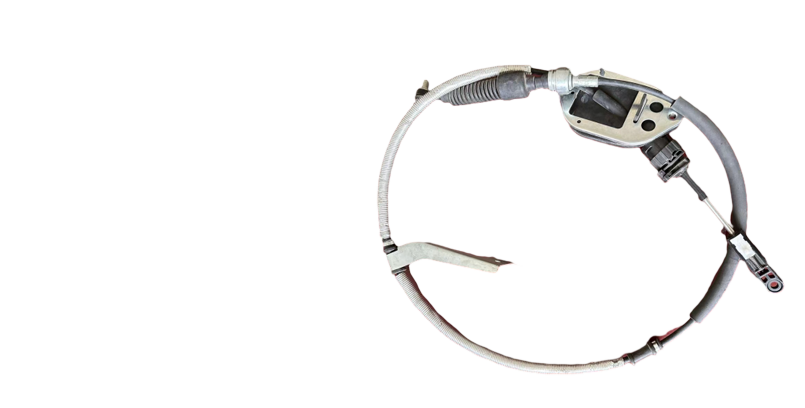auto transmission shifter cable
Understanding Auto Transmission Shifter Cables A Comprehensive Guide
The auto transmission shifter cable is a pivotal component in automatic vehicles, responsible for connecting the gear shifter to the transmission. While often overlooked, it plays an integral role in translating the driver’s intentions into actual gear changes. Understanding how it works, its construction, and common issues can help vehicle owners maintain smooth operation and avoid costly repairs.
What is an Auto Transmission Shifter Cable?
The auto transmission shifter cable is essentially a flexible metal cable encased in a protective sheath. It connects the gear shifter inside the vehicle to the transmission assembly, which is typically located underneath the vehicle. When a driver moves the gear shifter from Park to Drive, the cable transmits that movement to the transmission, allowing the vehicle to shift into the desired gear smoothly.
The design of the shifter cable allows for a certain degree of flexibility, enabling it to route through tight spaces within the vehicle. Its construction must withstand various stresses and strains associated with vehicle operation, including vibrations, heat, and exposure to various automotive fluids.
How Does It Work?
When the driver shifts the gear lever, the shifter cable converts that linear motion into a rotational movement which is sent to the transmission. Inside the transmission, this movement engages different gears, allowing the vehicle to accelerate or decelerate as needed.
The shifter cable operates with a system of pulleys and levers within the transmission. These components amplify the movement transmitted by the cable, ensuring that gear changes are executed quickly and accurately.
Common Issues with Shifter Cables
auto transmission shifter cable

Over time, auto transmission shifter cables can experience wear and tear, resulting in various issues. One of the most common problems is fraying of the cable itself. When the cable becomes frayed, it can lead to inconsistent gear changes or, in worst cases, the inability to shift into certain gears.
Another issue arises from the cable becoming misaligned or disconnected. This can happen due to the natural vibrations of the vehicle or if the cable is not properly secured during installation. If a driver notices that the shifter feels loose or does not engage the gears correctly, it may indicate a problem with the cable.
Additionally, the protective sheath around the cable can become damaged, allowing dirt, moisture, and debris to penetrate and cause rust or corrosion. Such deterioration can shorten the lifespan of the cable and affect its performance.
Maintenance Tips
To ensure the longevity and effectiveness of the auto transmission shifter cable, regular maintenance is essential. Vehicle owners should periodically inspect the cable for signs of wear, such as fraying or damage to the sheath. Keeping the cable and its connections clean and free of debris can prevent many common problems.
If the vehicle experiences difficulty in shifting, it is advisable to seek professional assistance promptly. Ignoring these issues can lead to more severe problems within the transmission system, resulting in costly repairs.
Conclusion
In conclusion, the auto transmission shifter cable is a crucial yet often disregarded component of automatic vehicles. Understanding its function and the common issues associated with it can empower vehicle owners to maintain their vehicles better and avoid unexpected breakdowns. Regular inspections and timely maintenance can extend the life of the shifter cable, ensuring that the vehicle shifts smoothly and reliably. Always remember, a small component can have a significant impact on overall vehicle performance!
-
Workings of Clutch Pipe and Hose SystemsNewsJun.04,2025
-
The Inner Workings of Hand Brake Cable SystemsNewsJun.04,2025
-
The Secrets of Throttle and Accelerator CablesNewsJun.04,2025
-
The Hidden Lifeline of Your Transmission Gear Shift CablesNewsJun.04,2025
-
Demystifying Gear Cables and Shift LinkagesNewsJun.04,2025
-
Decoding Clutch Line Systems A Comprehensive GuideNewsJun.04,2025
